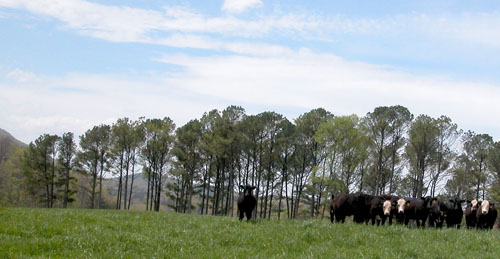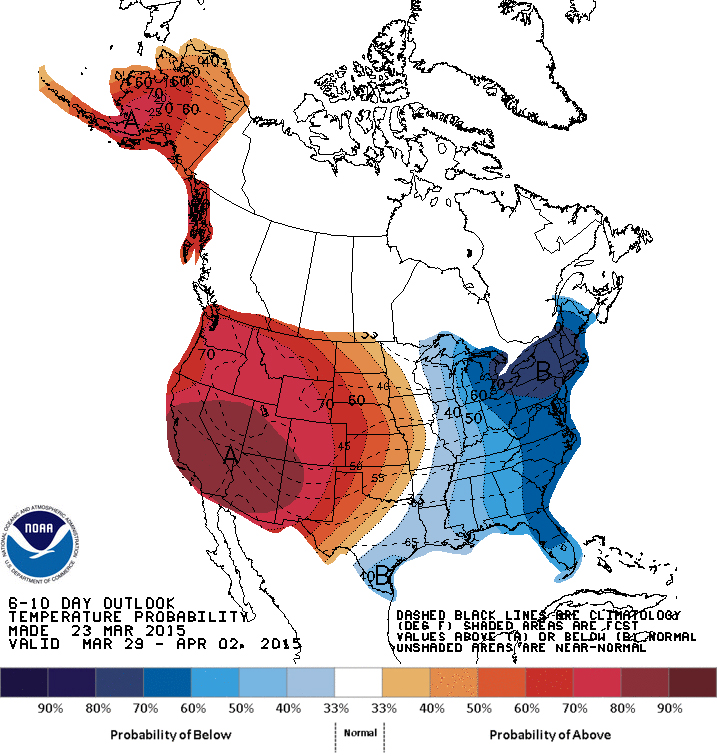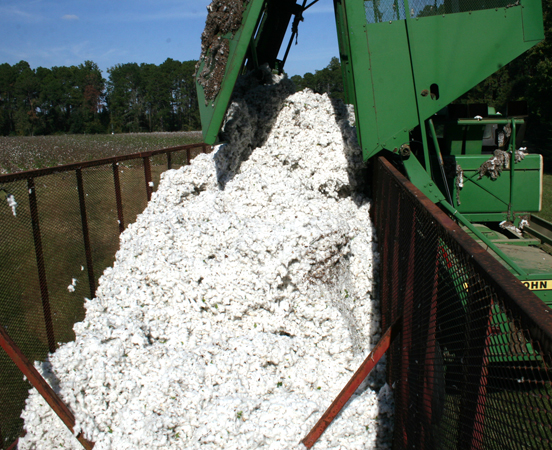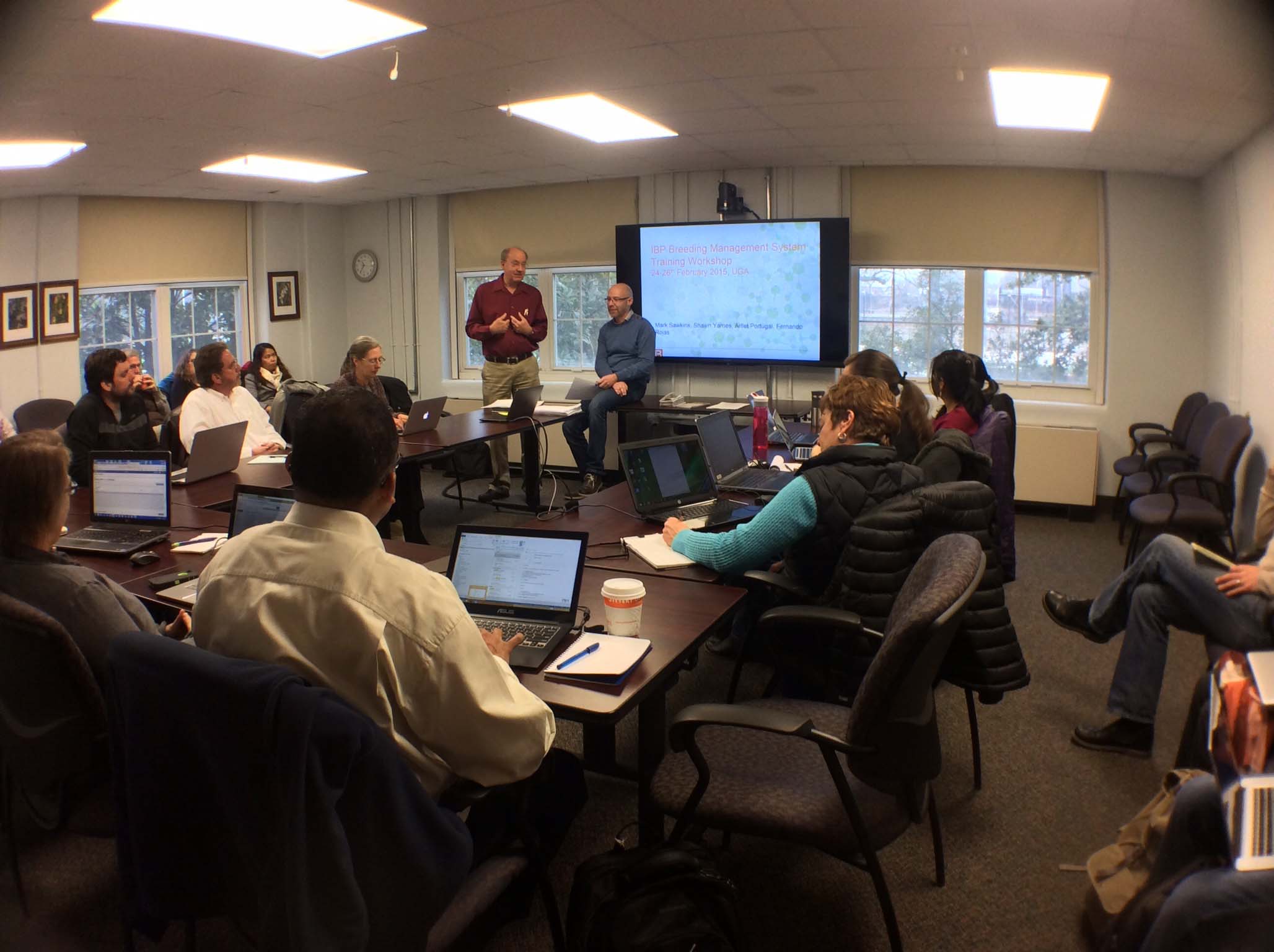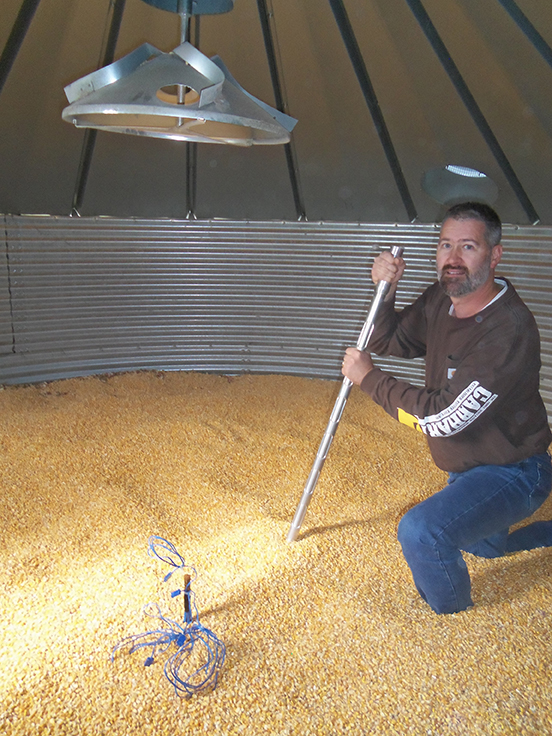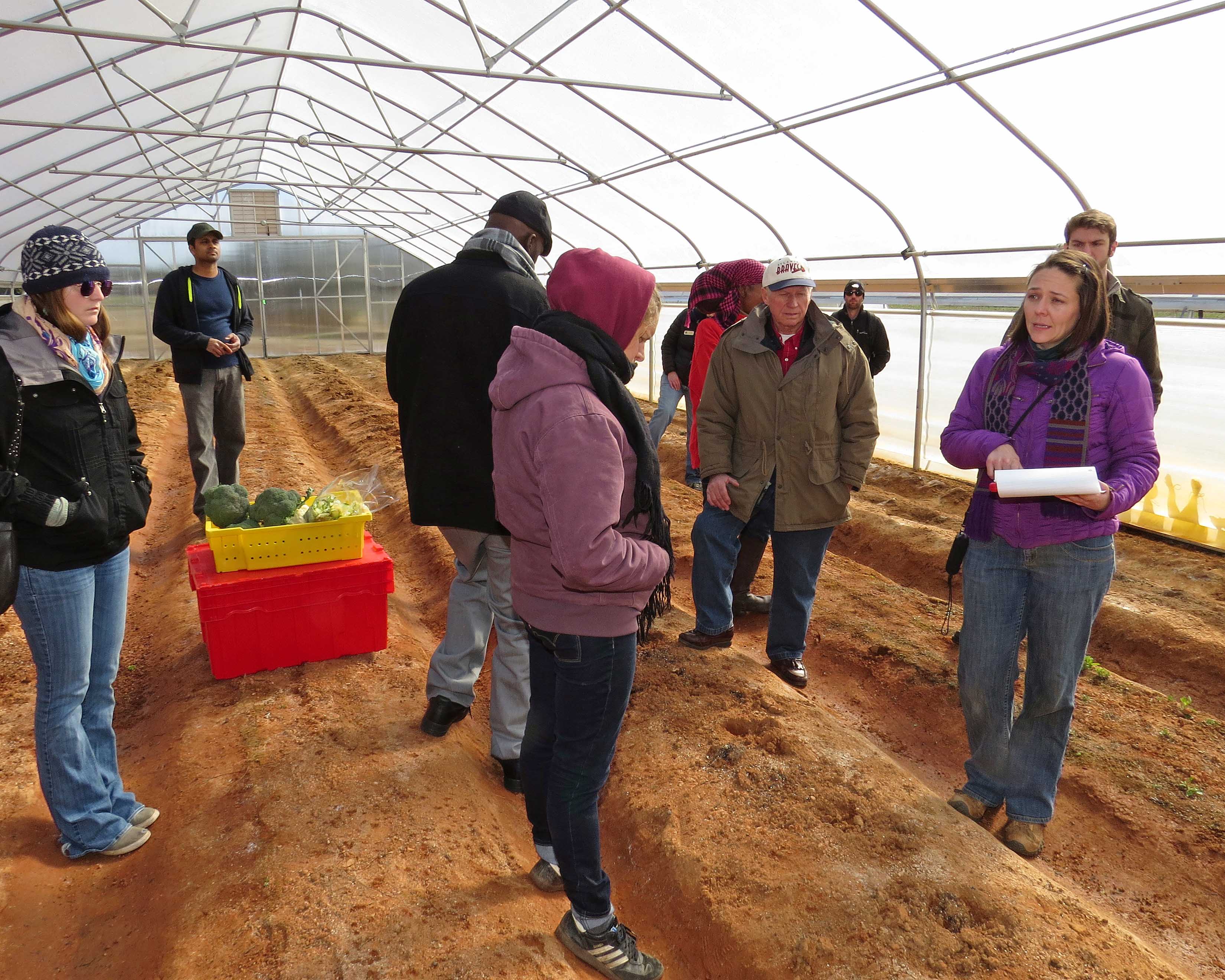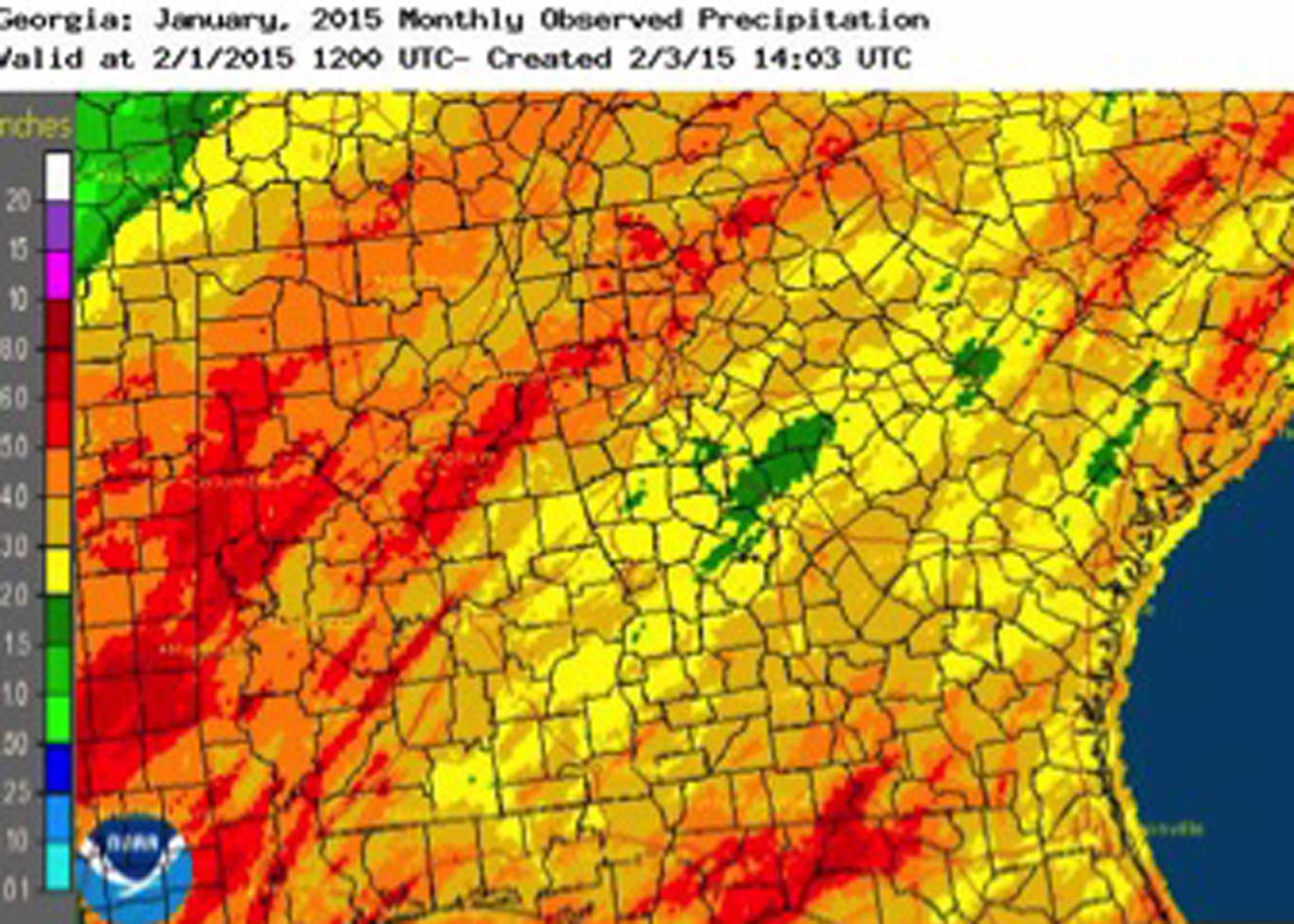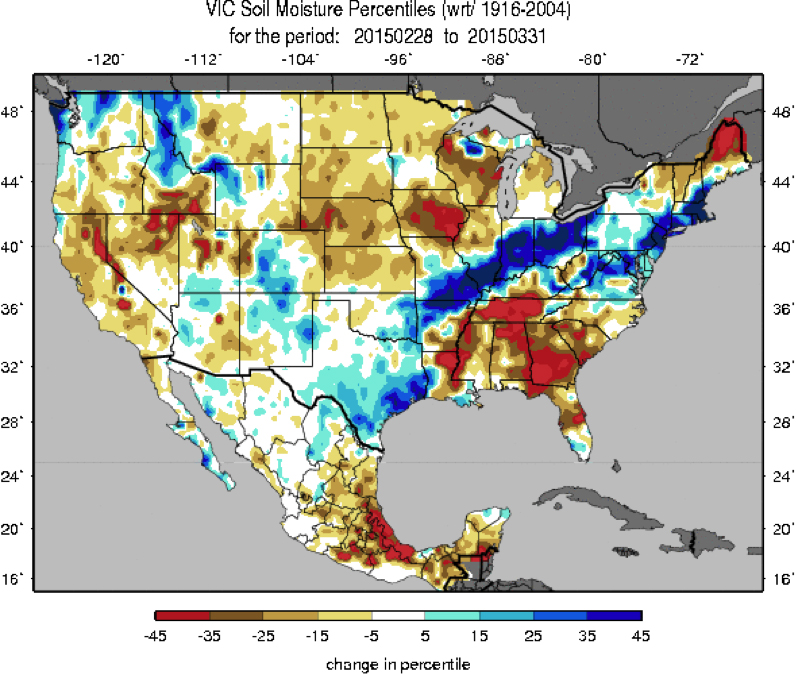 CAES News
CAES News
Warm, Dry March
March 2015 was warmer and drier than usual for most of Georgia. While the warmth encouraged rapid growth of planted corn and other crops, cold conditions late in the month may have caused some damage to fruit blossoms. The warm and dry conditions also increased soil moisture shortages across the region.

